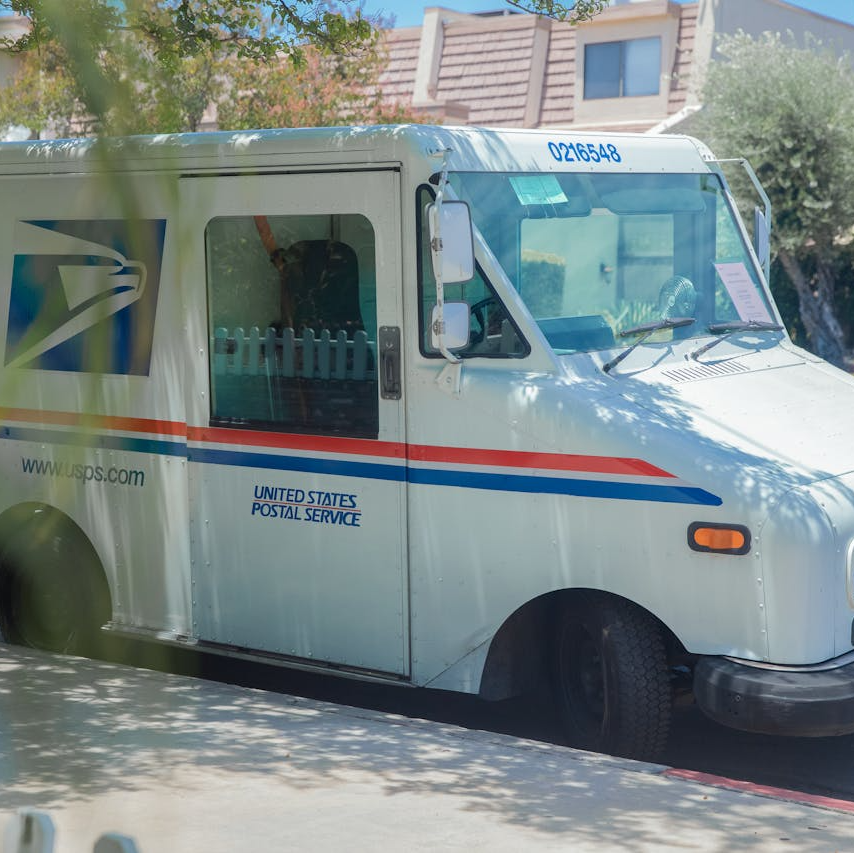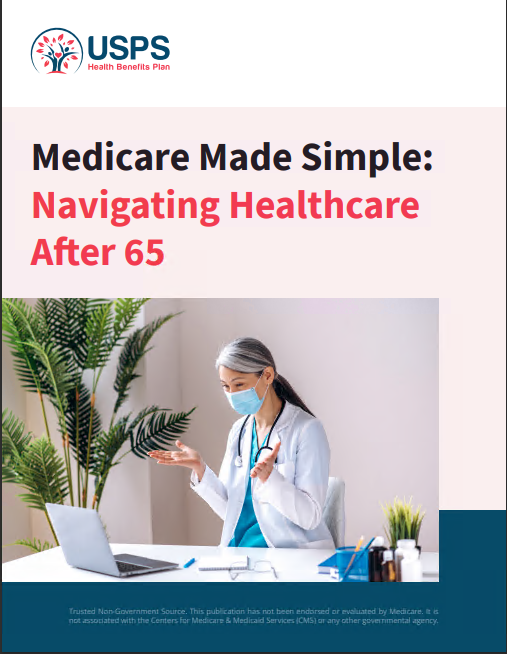Key Takeaways
-
In 2025, the USPS transitions to the Postal Service Health Benefits (PSHB) Program, replacing FEHB for eligible employees and retirees.
-
Understanding enrollment requirements, Medicare coordination, and plan differences is essential to avoid losing health coverage or facing higher out-of-pocket costs.
What Is Changing in 2025?
The year 2025 brings a major change to how you, as a USPS employee or retiree, receive health insurance. The Federal Employees Health Benefits (FEHB) Program no longer applies to most USPS workers and annuitants. Instead, you will now be enrolled in the Postal Service Health Benefits (PSHB) Program.
This new system is part of a federal mandate under the Postal Service Reform Act of 2022. The transition is intended to reduce long-term healthcare costs while maintaining robust benefits. While the core structure may look familiar, some key differences can significantly impact your decisions.
Who Is Affected by the PSHB Program?
You are affected by the PSHB transition if you fall into any of the following categories:
-
Current USPS employees enrolled in FEHB.
-
Postal retirees who receive health coverage through FEHB.
-
Family members covered under your current plan.
However, not everyone must take immediate action. Here is how it breaks down:
-
Employees and annuitants under age 64 will be auto-enrolled in a corresponding PSHB plan.
-
Annuitants aged 64 and older may need to take further steps, especially regarding Medicare Part B.
What Stays the Same?
The PSHB Program mirrors the FEHB system in many ways:
-
Government contributions continue to cover a significant portion of your premiums.
-
You’ll still have access to a variety of nationwide and regional health plans.
-
Family coverage and Self Plus One options remain available.
-
Premiums will still be deducted from your annuity or paycheck.
But these similarities don’t mean you can ignore the changes. Several differences require your attention.
What’s Different and Why It Matters
The biggest differences involve Medicare coordination, enrollment periods, and your potential out-of-pocket costs. Here’s what you need to know.
1. Mandatory Medicare Part B for Some
If you are Medicare-eligible and retire after January 1, 2025, you are required to enroll in Medicare Part B to maintain your PSHB coverage. This includes family members on your plan who also meet the criteria.
Exemptions apply if:
-
You retired on or before January 1, 2025.
-
You are a current employee aged 64 or older as of January 1, 2025.
-
You live outside the United States.
-
You receive benefits through the VA or Indian Health Services.
Failing to enroll in Medicare Part B if required can result in loss of coverage under PSHB.
2. Automatic Prescription Drug Enrollment
In 2025, if you are enrolled in both PSHB and Medicare, you are automatically placed in an Employer Group Waiver Plan (EGWP) for prescription drugs, which is integrated with Medicare Part D.
This drug coverage includes:
-
A $2,000 annual out-of-pocket maximum.
-
A $35 insulin cap.
-
Access to a larger pharmacy network.
If you opt out of this drug coverage, you will lose all prescription coverage under PSHB.
3. New Enrollment Timeline and Process
The Open Season for PSHB ran from November to December 2024. During this time, you had the opportunity to:
-
Choose a new PSHB plan.
-
Review how your current plan was being mapped.
-
Ensure Medicare enrollment was completed if required.
If you missed this window, your enrollment was automatically transferred to a PSHB plan deemed equivalent. However, reviewing and possibly updating your plan is highly recommended.
Employees used LiteBlue, while retirees accessed KeepingPosted.org for enrollment.
4. Premiums and Cost Sharing
While many plans carry over, some have changed their cost-sharing structures. Here’s what to be aware of:
-
Deductibles range from $350 to over $1,500 depending on your plan type.
-
Out-of-pocket maximums are set at $7,500 for Self Only and $15,000 for Self Plus One or Family.
-
Copayments and coinsurance amounts vary widely. For example:
-
$20–$40 for primary care.
-
$30–$60 for specialist visits.
-
$100–$150 for emergency room services.
-
Some PSHB plans offer reduced cost-sharing if you’re also enrolled in Medicare Part B.
What You Should Do Now
Being proactive is the best way to avoid surprises. Here’s what you should consider doing immediately:
1. Confirm Medicare Enrollment (if applicable)
If you’re 64 or older and retired after January 1, 2025, confirm your Medicare Part B enrollment status. If you missed enrolling, your special enrollment period ran from April 1 to September 30, 2024.
2. Review Your Plan Details
Don’t assume that your FEHB plan transferred with all the same features. Go through the PSHB plan brochure carefully to understand:
-
Changes in premium contributions.
-
New deductibles or coinsurance.
-
Specialist and urgent care visit copays.
-
Prescription benefits.
3. Understand How Medicare Coordinates
If you or your dependents are on Medicare, coordination rules impact:
-
Who pays first (PSHB or Medicare).
-
Whether deductibles are waived.
-
How much you owe for prescriptions.
4. Evaluate Prescription Drug Coverage
If you’re enrolled in Medicare, check that the EGWP option meets your prescription needs. You cannot opt into another Part D plan without losing PSHB drug coverage.
5. Bookmark Your Resources
To manage your coverage or find answers, keep these resources handy:
-
LiteBlue – For current employees to manage benefits.
-
KeepingPosted.org – For retirees to view and change plans.
-
OPM’s PSHB site – To compare available plans.
-
PSHB Navigator Help Line – 1-833-712-7742.
Plan for the Future
This isn’t just a one-time shift. Expect annual reviews and possible changes in coverage going forward. Open Season will continue to take place each year from mid-November to mid-December, during which you can:
-
Switch PSHB plans.
-
Adjust coverage based on life events.
-
Ensure Medicare and PSHB are properly aligned.
The Bigger Picture for USPS Retirees and Employees
The PSHB transition aims to stabilize long-term healthcare costs while offering enhanced coordination with Medicare. However, without taking action, you could lose important benefits or face unnecessary costs.
Stay informed, stay enrolled, and stay ahead. Whether you’re still on the job or well into retirement, understanding how the PSHB program works in 2025 is critical to protecting your health and your finances.
Make Informed Choices About Your PSHB Coverage
This year marks a major milestone in how USPS employees and retirees receive health benefits. Whether you’re preparing to retire or already there, taking time to understand what’s changing can save you money, confusion, and stress.
For help navigating your options or verifying your Medicare requirements, get in touch with a licensed agent listed on this website for professional advice tailored to your situation.










